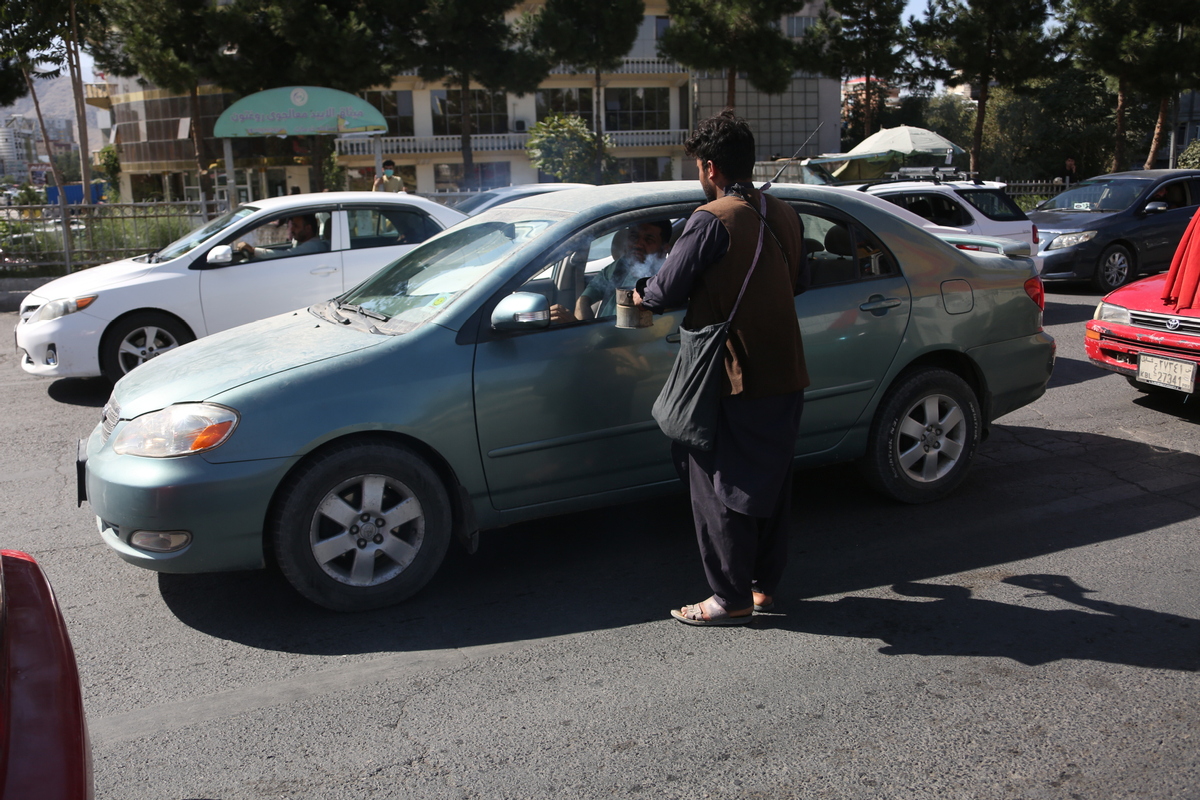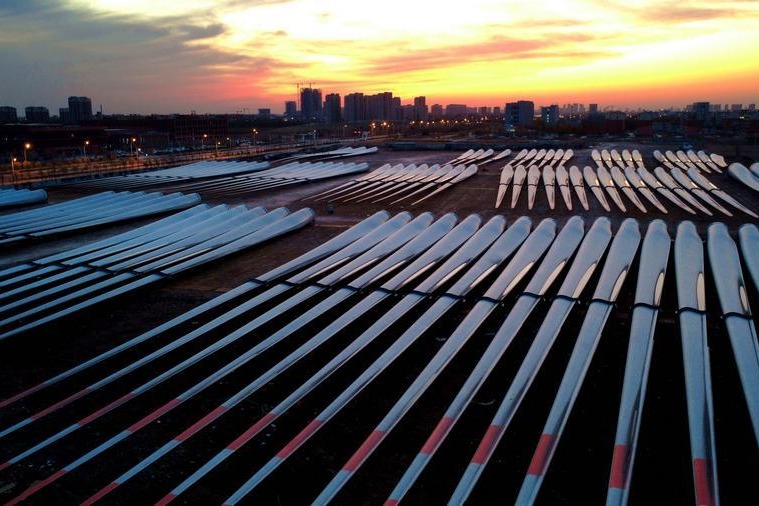US shadow still hangs over Afghanistan, one year on

ECONOMIC COLLAPSE

Mohammad Hassan Khan farms about 4 hectares in east Afghanistan's Khost province. Or he used to, but today there is no water for his fields, fertilizers must be imported and the prices are too high for anyone to afford -- so he's now a porter in the streets of the capital.
Afghanistan, which is in urgent need of post-war reconstruction, has been facing a worsening humanitarian crisis, economic depression and terrorist attacks since the takeover by the Taliban on Aug 15 last year. The United States, which hastily withdrew from Afghanistan in disregard of its responsibilities and obligations, deserves much blame for the mess it left behind.
"We reported late last year that an estimated 97 percent of Afghans could be living in poverty by mid-2022, and regrettably, that number is being reached faster than anticipated," said head of the United Nations Development Programme Achim Steiner earlier this year.
Afghanistan is facing a non-reversible economic collapse. A frozen banking system and liquidity shortage mean as many as 80 percent of people are in debt. Assets worth more than $9 billion have been frozen by the United States as part of its sanctions against the new government.
In addition, 20 years of war left severe shortages of infrastructure, power supplies and professionals.
According to Abdul Nasir Rishtia, chief executive of Afghanistan steel mills union, 5,000 steel mills in Afghanistan are facing a shortage of key technical personnel.
























